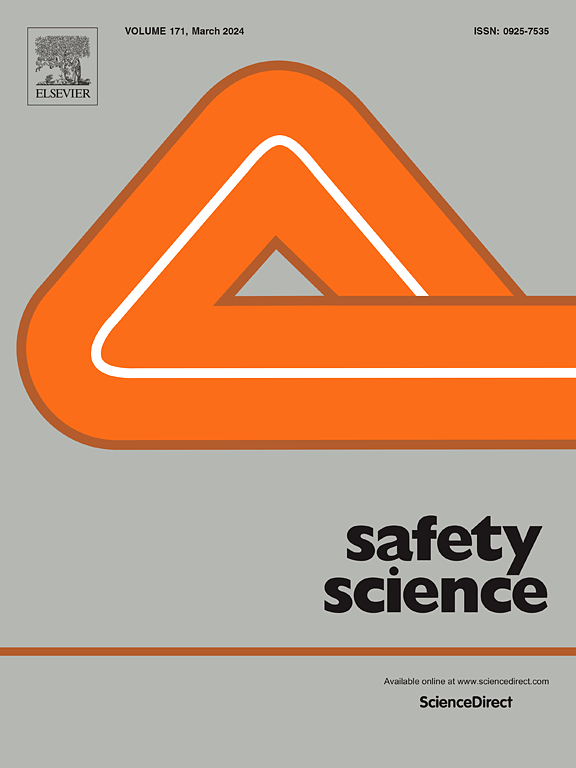培训和仪表板设计:对操作员绩效和飞行安全心理工作量的影响
IF 4.7
1区 工程技术
Q1 ENGINEERING, INDUSTRIAL
引用次数: 0
摘要
飞行员培训、飞行仪表板的设计和心理负荷是确保航空安全的基本要素。之前关于图标学习的研究表明,分块技术可以提高对图标相关信息的理解。本研究探讨了不同学习方法和仪表板设计对学习的影响。研究比较了两种面板布局:分块布局和长扫描路径布局。研究人员招募了 30 名参与者,并将其分为两组:一组采用分块法,另一组为对照组。分块法组通过功能分组训练识别仪器,而对照组则接受随机序列训练。客观和主观评价都被用来评估参与者的工作量。结果表明,在训练过程中,分块组的视觉搜索效率更高。不过,两组在学习率或 NASA-TLX 分数上没有明显差异。研究结果支持将分块作为一种训练策略,并通过优化面板布局来显著提高成绩。通过整合基于分块的培训和优化的面板布局已被证实的优点,航空业可以显著提高飞行员的效率,减少脑力劳动负荷,从而提高飞行安全和运行效率。本文章由计算机程序翻译,如有差异,请以英文原文为准。
Training and dashboard design: Impact on operator performance and mental workload for flight safety
Pilot training, the design of flight instrument panels, and mental workload are essential elements for ensuring aviation safety. Prior studies on icon learning have shown that chunking techniques can improve understanding of icon-related information. The research explores the effects of different learning methods and instrument panel designs on learning. The study compares two types of panel layouts: a chunking layout and a long-scanning path layout. Thirty participants were enlisted and divided into two groups: one using the chunking method and a control group. The chunking group was trained to recognize instruments through functional grouping, whereas the control group received training in a random sequence. Both objective and subjective evaluations were used to assess the participants’ workload. Findings indicated that the chunking group was more efficient in visual search during training. However, the two groups had no notable differences in learning rates or NASA-TLX scores. The results support using chunking as a training strategy and an optimized panel layout to improve performance significantly. By integrating the proven benefits of chunking-based training and optimized panel layouts, the aviation industry could significantly enhance pilot efficiency and reduce mental workload, improving flight safety and operational effectiveness.
求助全文
通过发布文献求助,成功后即可免费获取论文全文。
去求助
来源期刊

Safety Science
管理科学-工程:工业
CiteScore
13.00
自引率
9.80%
发文量
335
审稿时长
53 days
期刊介绍:
Safety Science is multidisciplinary. Its contributors and its audience range from social scientists to engineers. The journal covers the physics and engineering of safety; its social, policy and organizational aspects; the assessment, management and communication of risks; the effectiveness of control and management techniques for safety; standardization, legislation, inspection, insurance, costing aspects, human behavior and safety and the like. Papers addressing the interfaces between technology, people and organizations are especially welcome.
 求助内容:
求助内容: 应助结果提醒方式:
应助结果提醒方式:


